This article was co-authored by Indy Chabra, MD, PhD. Dr. Indy Chabra is a Board Certified Dermatologist and a Board Certified Mohs Micrographic Surgeon. He is the Founding Member of DMC Dermatology & Mohs based in Tucson, Arizona. With over 15 years of experience, he provides medical, surgical, and cosmetic dermatology care for adult and pediatric patients. Dr. Chabra earned a BS in Chemistry and Biological Sciences and an AB in Economics from Stanford University. He also received his MD and PhD in Microbiology and Genetics from Stony Brook University. He completed his Dermatology residency at the University of Pittsburgh Medical Center (UPMC), Pittsburgh. While at UPMC, Dr. Chabra received extensive training in complex Medical Dermatology, hair and nail conditions, Pediatric Dermatology, Cosmetic Dermatology, and Mohs Skin Cancer Surgery. Dr. Chabra is a Fellow of the American Society for Mohs Surgery, a Fellow of the American Academy of Dermatology, and a Fellow of the American Society for Dermatologic Surgery. Dr. Chabra also provides in-patient Dermatology consults at Tucson Medical Center.
This article has been viewed 215,679 times.
While an infected belly button may sound off-putting or unpleasant, it’s usually a fairly minor infection that clears up quickly. The dark, warm environment in your belly button is a breeding ground for fungi and bacteria, which can occasionally lead to infections. Getting a belly button piercing can also put you at risk. It’s best to address infections quickly, since they can become painful. Fortunately, the infection can typically be cleared up with antibiotics and changes to personal hygiene.
Things You Should Know
- Apply an antibiotic ointment if the infection is caused by bacteria. If it's caused by a fungus, use a topical antifungal medication.
- Take a daily shower to keep the infected area clean and prevent future infections.
- See a doctor if the infection doesn't clear up within a few days or if you develop a fever.
Steps
-
1Note any leaky discharge emerging from your belly button. Most bacterial navel infections are accompanied by a liquid discharge that may come from in and around your navel.[1] In most cases, the discharge is slightly yellowish in color. Your infected navel may also be swollen and painful.[2]
- While this may seem gross and unpleasant, it’s relatively easily treated through medicated cream.
-
2Pay attention to any red, flaky skin in or around your navel. This is an especially common sign of a fungal navel infection. The infected, red skin will be itchy and occasionally painful.[3] Resist the temptation to scratch the red, inflamed tissue, as this could cause the infection to spread or become worse.
- If you notice streaks of red extending from your navel into the skin of your belly, this could be a sign of a worsening infection. Call your doctor if you see these streaks.
Advertisement -
3Watch for a dry rash centered around your belly button. Fungal and yeast infections within your belly button often produce a raised rash. The rash itself may or may not have bumps and may or may not be painful.[4]
- The rash may not be perfectly round, or may appear to be 2 or 3 separate rashes in different areas near your navel. Touching or scratching the rash with your hands may help spread it to the area around your navel, leading to the appearance of multiple rashes on your abdomen.
-
4Take your temperature to find out if you have a fever. As a navel infection worsens, you’ll likely contract a fever. While a fever alone may not mean you have a navel infection, an infection is possible if you have a fever in combination with other symptoms (such as a rash or discharge from your belly button).[5] In addition to a raised temperature, signs of a fever include: chills, shivering, feeling cold, lethargy, and sensitive or tender skin.
- You can purchase an oral or underarm thermometer at any large pharmacy or drug store.
Clearing Up an Infection
-
1Schedule a doctor's appointment if you suspect a navel infection. If you don’t have a fever and the pain from your infection isn’t serious, you can wait 2–3 days for the infection to clear up on its own. If this doesn’t happen—or if the symptoms worsen—make an appointment to see your doctor.[6] Describe your symptoms to the doctor and clarify when the infection began.[7]
- In some cases, your general practitioner may refer you to a dermatologist.
-
2Apply an antibiotic ointment or cream provided by your doctor. If your belly-button infection is caused by bacteria, your doctor should write you a prescription for an antibiotic cream.[8] These creams typically need to be applied to the affected area 2 or 3 times a day over a period of about a week. The infection—and any associated pain—should fade as you use the cream.[9]
- Ask your doctor how often you should apply the cream or ointment and how much to apply per treatment.
- Use gloves while applying the ointment, and always wash your hands with soap and warm water after touching the area or applying medications. This will help prevent the infection from spreading.
-
3Use an antifungal cream if your infection is caused by a fungus. In the case of a fungal navel infection, your doctor will prescribe an antifungal cream or ointment for you to use.[10] Apply the cream as directed by rubbing it onto the red, flaky skin around your navel.[11]
- In the case of a mild belly-button infection, the doctor may recommend that you use an over-the-counter antifungal ointment or cream.
- Use gloves to apply the ointment and always wash your hands with warm, soapy water when you’re done.
-
4Take a daily shower to prevent future navel infections. As basic as it may seem, a shower is the best way to clean your navel and keep bacteria and fungi out. Use a gentle soap, a soft washcloth, and warm water to clean your abdomen and navel.[12]
- Once you step out from the shower, don’t put any lotion onto your belly button (even if you apply lotion to the rest of your body). The lotion will make your belly button damp and will encourage bacteria to grow.
- To prevent the spread of infection, don’t share your towels or washcloths with anyone else, even your spouse or partner.
- Clean the shower or bath after you use it with a solution of 1⁄2 c (120 mL) of bleach per 1 US gal (3.8 L) of water.
-
5Massage your belly button with salt water if you have a deep navel. If your belly button is an “innie,” clean it with salt water to prevent another infection from occurring. Mix a spoonful of table salt in 1 cup (240 mL) of warm water. Then, dip 1 finger into the solution. Use your finger to massage the saltwater into the recesses of your belly button. Do this 1 time per day until your infection has cleared up. This should clean out any lingering bacteria and fungi.[13]
- If you’d rather not use your finger to clean your navel, try using a clean, damp washcloth instead.
-
6Use proper hygiene to keep the infection from spreading or returning. Some navel infections are contagious and can spread to other people or other parts of your own body. Fungal infections can be especially easy to spread. Try to resist touching or scratching your navel while it is infected, and always wash your hands after touching it or applying lotion. Change and wash your clothing and bedsheets regularly.[14]
- If you live other people, don’t share personal items such as towels or bedclothes with them. Encourage everyone to wash their hands regularly.
Treating an Infected Belly Button Piercing
-
1Note any red streaks or sharp pains near the piercing. It may take an infection a few days to show after you’ve had your navel pierced. Pay attention to the piercing and be mindful of any red-colored skin or any leaky discharge from the site.[15] If you’ve had your navel recently pierced and notice these symptoms, it’s probably infected.[16]
- If you had your navel pierced by a professional piercer, they should have given you directions concerning how to keep your piercing clean and free from infection. Follow these to prevent infection.
-
2See a doctor if the symptoms of infection don’t clear up within 3–4 days. Minor infections following a piercing typically clear up on their own as long as the piercing is kept clean. However, if it’s been more than 4 days and you still feel pain in your navel—and if the area is still red—make an appointment to see your doctor. They can prescribe an antibiotic to clear up the infection.[17]
- Make an appointment with your doctor immediately if you have a fever in addition to the infection, or if the infection is intensely painful.
-
3Keep your belly button piercing in and clean once the infection is gone. If you play with or remove and re-insert your piercing, it’s more likely to be contaminated by bacteria. So, leave the piercing in for at least 2 months (or as long as a professional piercer recommends). Wash your piercing daily with soap and water to remove any infection-causing bacteria.[18]
- If you’re worried about re-infection, also try to wear relatively loose, baggy shirts. Tight shirts don’t allow the belly button to dry out and can trap bacteria inside, both of which can lead to re-infection.
References
- ↑ Indy Chabra, MD, PhD. Board Certified Dermatologist. Expert Interview. 10 March 2022.
- ↑ https://www.medicalnewstoday.com/articles/319864.php
- ↑ https://www.medicalnewstoday.com/articles/319864.php
- ↑ https://www.medicalnewstoday.com/articles/319864.php
- ↑ https://www.medicalnewstoday.com/articles/323547.php
- ↑ Indy Chabra, MD, PhD. Board Certified Dermatologist. Expert Interview. 10 March 2022.
- ↑ https://www.medicalnewstoday.com/articles/319864.php
- ↑ Indy Chabra, MD, PhD. Board Certified Dermatologist. Expert Interview. 10 March 2022.
- ↑ https://www.medicalnewstoday.com/articles/319864.php
- ↑ Indy Chabra, MD, PhD. Board Certified Dermatologist. Expert Interview. 10 March 2022.
- ↑ https://www.medicalnewstoday.com/articles/319864.php
- ↑ https://share.upmc.com/2015/07/how-to-keep-your-bellybutton-navel-clean-the-right-way/
- ↑ https://share.upmc.com/2015/07/how-to-keep-your-bellybutton-navel-clean-the-right-way/
- ↑ https://www.nhsinform.scot/illnesses-and-conditions/infections-and-poisoning/ringworm-and-other-fungal-infections#preventing-ringworm-and-other-fungal-infections
- ↑ Indy Chabra, MD, PhD. Board Certified Dermatologist. Expert Interview. 10 March 2022.
- ↑ https://www.medicalnewstoday.com/articles/323547.php
- ↑ https://www.medicalnewstoday.com/articles/323547.php
- ↑ https://www.medicalnewstoday.com/articles/320706.php


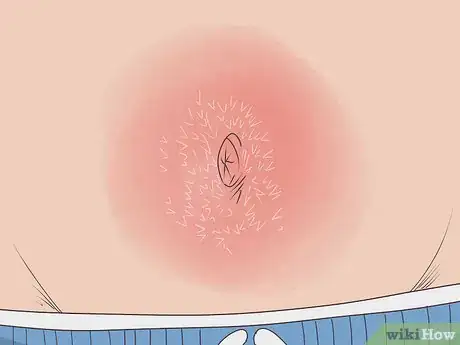
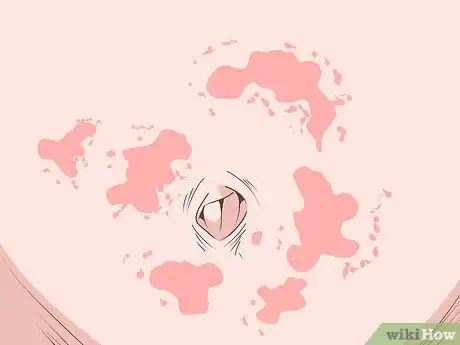


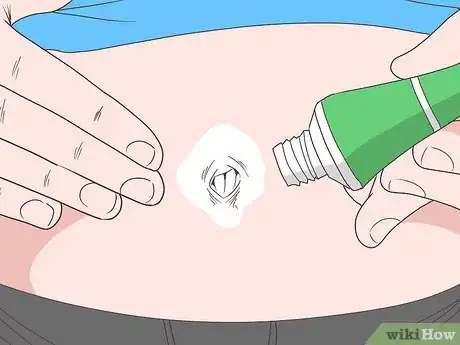
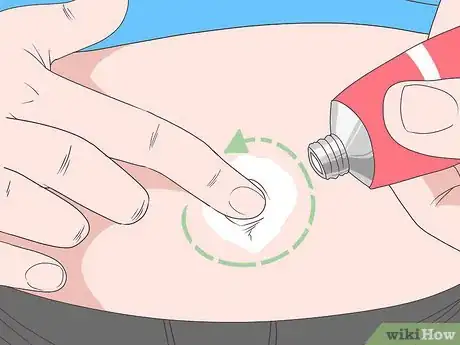



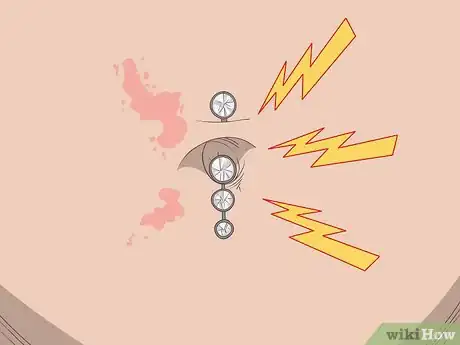
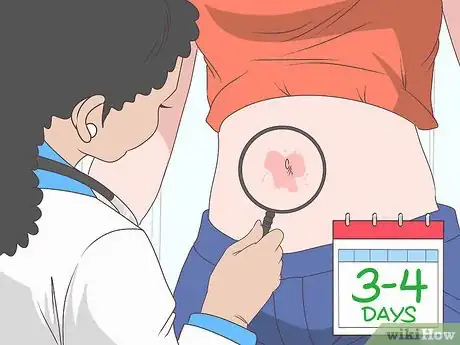
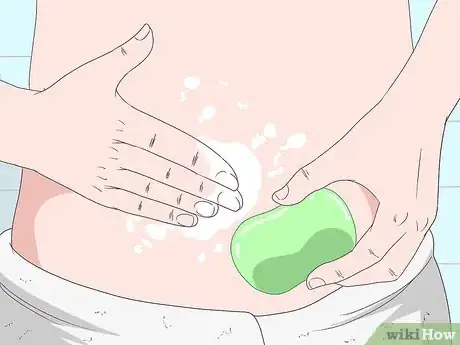







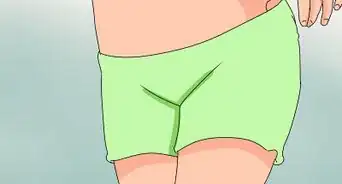
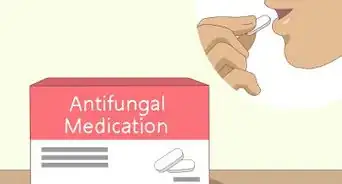


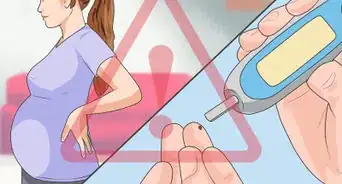
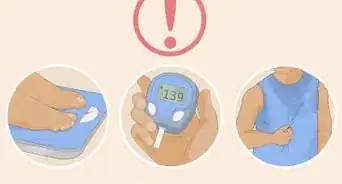







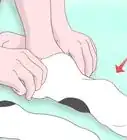
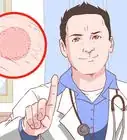





































Medical Disclaimer
The content of this article is not intended to be a substitute for professional medical advice, examination, diagnosis, or treatment. You should always contact your doctor or other qualified healthcare professional before starting, changing, or stopping any kind of health treatment.
Read More...